Expansion in Automotive Applications
The automotive industry is increasingly adopting Silane Coupling Agents Market to enhance the performance of composite materials used in vehicle manufacturing. These agents improve adhesion between different materials, such as plastics and metals, which is essential for producing lightweight and fuel-efficient vehicles. The Silane Coupling Agents Market is anticipated to grow at a CAGR of 10% from 2023 to 2028, driven by the need for improved vehicle performance and reduced emissions. As manufacturers seek innovative solutions to meet regulatory standards and consumer demands, the utilization of silane coupling agents is expected to rise, thereby propelling the Silane Coupling Agents Market forward.
Rising Demand in Construction Sector
The construction sector is experiencing a notable surge in demand for Silane Coupling Agents Market, primarily due to the increasing need for durable and high-performance materials. These agents enhance the bonding between organic and inorganic materials, which is crucial in applications such as concrete, sealants, and coatings. As urbanization accelerates, the construction of infrastructure and residential buildings is expected to grow, thereby driving the demand for silane coupling agents. The market for construction chemicals, which includes silane coupling agents, is projected to reach USD 50 billion by 2026, indicating a robust growth trajectory. This trend suggests that the Silane Coupling Agents Market will likely benefit from the ongoing investments in construction projects worldwide.
Technological Innovations in Material Science
Technological advancements in material science are significantly influencing the Silane Coupling Agents Market. Innovations in the formulation and application of silane coupling agents are enhancing their effectiveness in various industrial applications. For instance, the development of multifunctional silanes that provide additional properties, such as anti-corrosion and UV resistance, is expanding their usage in coatings and adhesives. The market for advanced materials is projected to grow substantially, with a focus on sustainability and performance. This evolution in material science suggests that the Silane Coupling Agents Market will continue to evolve, adapting to new technologies and consumer needs.
Growth in Electronics and Semiconductor Industries
The electronics and semiconductor industries are increasingly utilizing Silane Coupling Agents Market to improve the performance and reliability of electronic components. These agents are essential in enhancing the adhesion of coatings and encapsulants used in electronic devices, which is critical for ensuring durability and functionality. The Silane Coupling Agents Market is expected to reach USD 1 trillion by 2030, driven by the demand for advanced electronic devices. As the need for high-performance materials in electronics grows, the role of silane coupling agents in this sector is likely to expand, thereby positively impacting the Silane Coupling Agents Market.
Environmental Regulations and Sustainability Initiatives
The increasing emphasis on environmental regulations and sustainability initiatives is shaping the Silane Coupling Agents Market. Manufacturers are under pressure to develop eco-friendly products that comply with stringent regulations. Silane coupling agents, which can enhance the performance of sustainable materials, are becoming more relevant in this context. The market for green chemicals is projected to grow significantly, as industries seek to reduce their environmental footprint. This shift towards sustainability suggests that the Silane Coupling Agents Market will likely see a rise in demand for products that align with eco-friendly practices, thereby fostering innovation and growth.
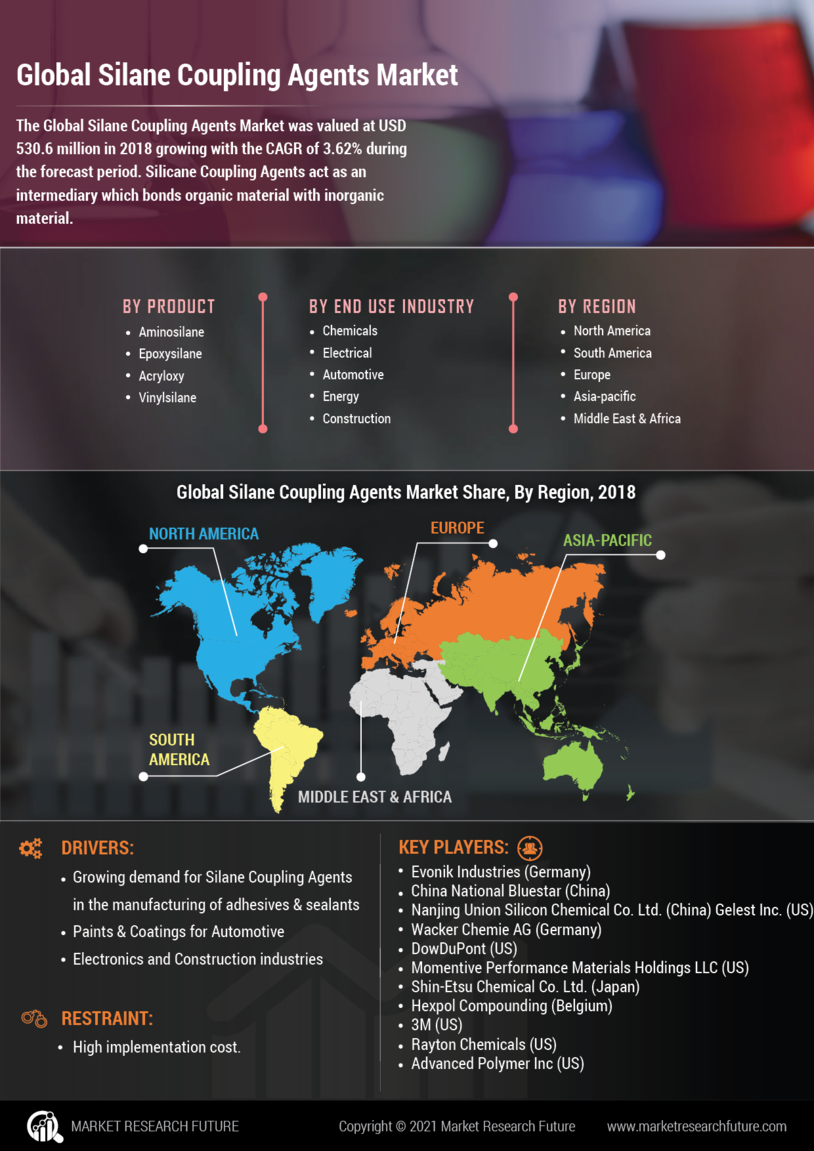

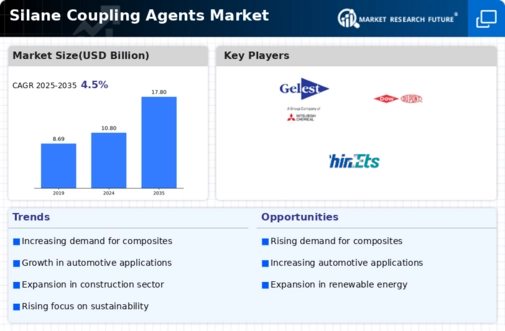
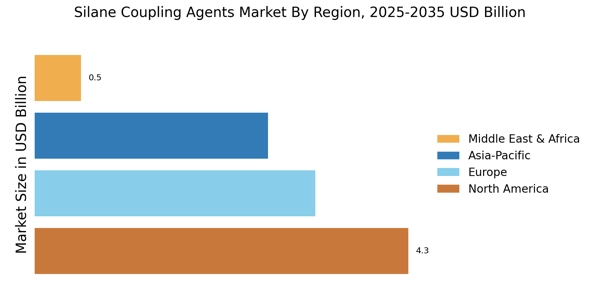
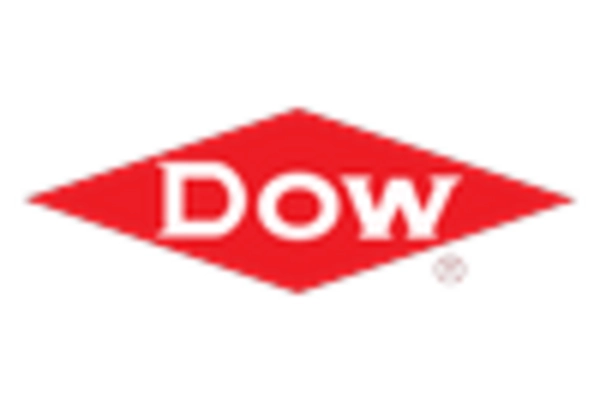
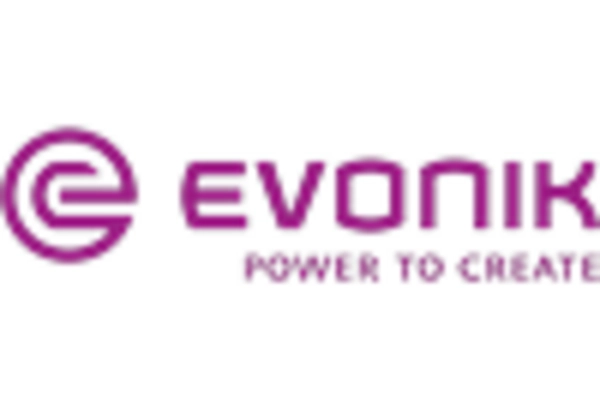
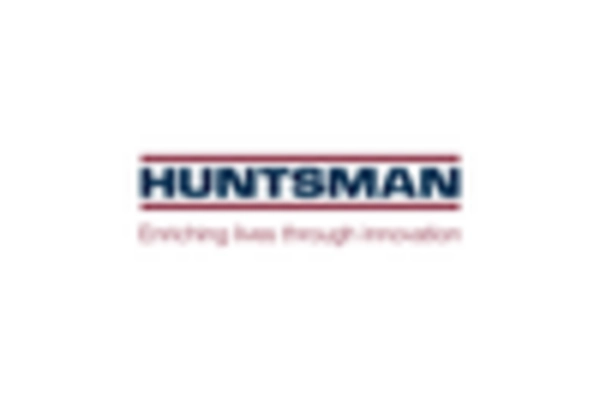
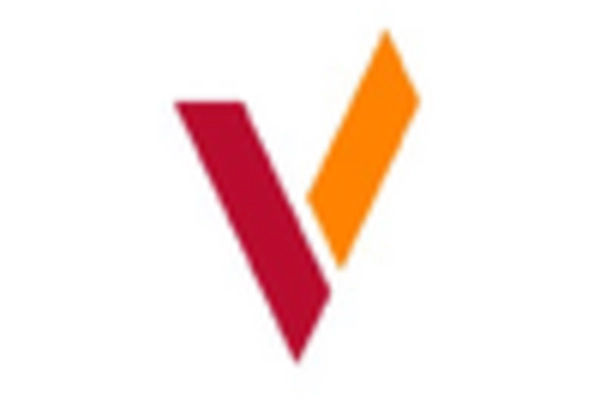
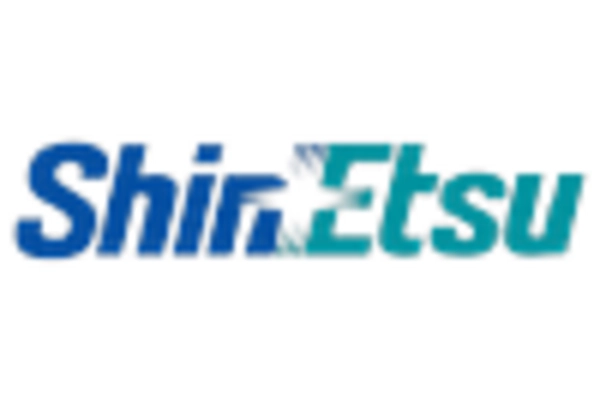
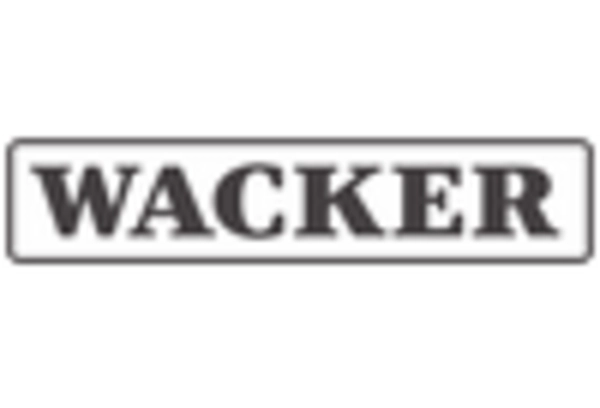








Leave a Comment